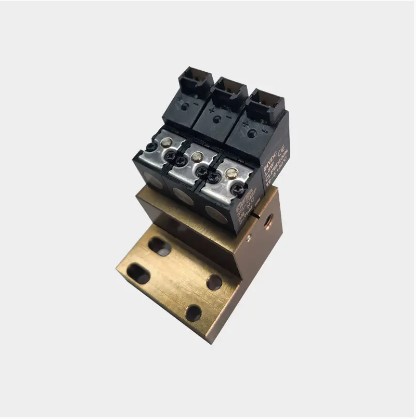
Optimizing Efficiency: Exploring Low Power Consumption High Flow Rate Combination Valves
Low power consumption and high flow rate combination valves can be achieved through various design optimizations and technological advancements. Here are some key considerations and strategies for optimizing the efficiency of combination valves:
Valve Design: Start by selecting a valve design that minimizes pressure drops and energy losses. Gate valves, ball valves, and butterfly valves are commonly used for high flow applications. Opt for valve designs that offer low resistance to flow and efficient sealing mechanisms.
Material Selection: Choose materials with low friction coefficients and excellent corrosion resistance. Smooth internal surfaces and proper material selection can minimize energy losses due to friction and enhance the overall efficiency of the valve.
Actuation Mechanism: Consider using low-power actuation mechanisms, such as electric or pneumatic actuators. These types of actuators can be designed for precise control and energy-efficient operation, minimizing power consumption while providing high flow rates.
Flow Path Optimization: Streamline the flow path by reducing sharp turns, obstructions, and turbulence-inducing features. This can be achieved through careful valve and piping layout design. Smooth bends, gradual transitions, and streamlined components will help maintain a high flow rate with minimal pressure losses.
Sealing Technologies: Utilize advanced sealing technologies to minimize leakage and improve energy efficiency. Innovative sealing materials, such as polymers and composite materials, can reduce friction and improve sealing effectiveness, resulting in lower power consumption.
Valve Sizing: Properly size the combination valve to match the flow requirements of the system. An oversized valve can lead to higher energy consumption due to excessive pressure drops, while an undersized valve may require more power to achieve the desired flow rate. Conduct a thorough analysis of the system requirements to determine the optimal valve size.
Control System Optimization: Implement intelligent control systems that optimize valve operation based on real-time flow demands. By using sensors and feedback loops, the control system can adjust the valve position or actuator speed to maintain the desired flow rate while minimizing power consumption.
Energy Recovery: Explore options for energy recovery within the system. For example, hydraulic systems can use energy recovery devices such as hydraulic accumulators to store and reuse energy, reducing the overall power consumption.
Regular Maintenance: Ensure regular maintenance and inspection of the combination valve to prevent any potential issues that can negatively impact its efficiency. Lubrication, cleaning, and adjustment of components will help maintain optimal performance and minimize power consumption.
System Integration: Consider the overall system design and integration to optimize efficiency. Factors such as pipe sizing, valve placement, and control system coordination can significantly impact the overall energy consumption and flow rates.
It is essential to consult with valve manufacturers, engineering experts, or fluid system specialists to select and optimize combination valves specifically tailored to your application requirements.

 English
English 简体中文
简体中文



